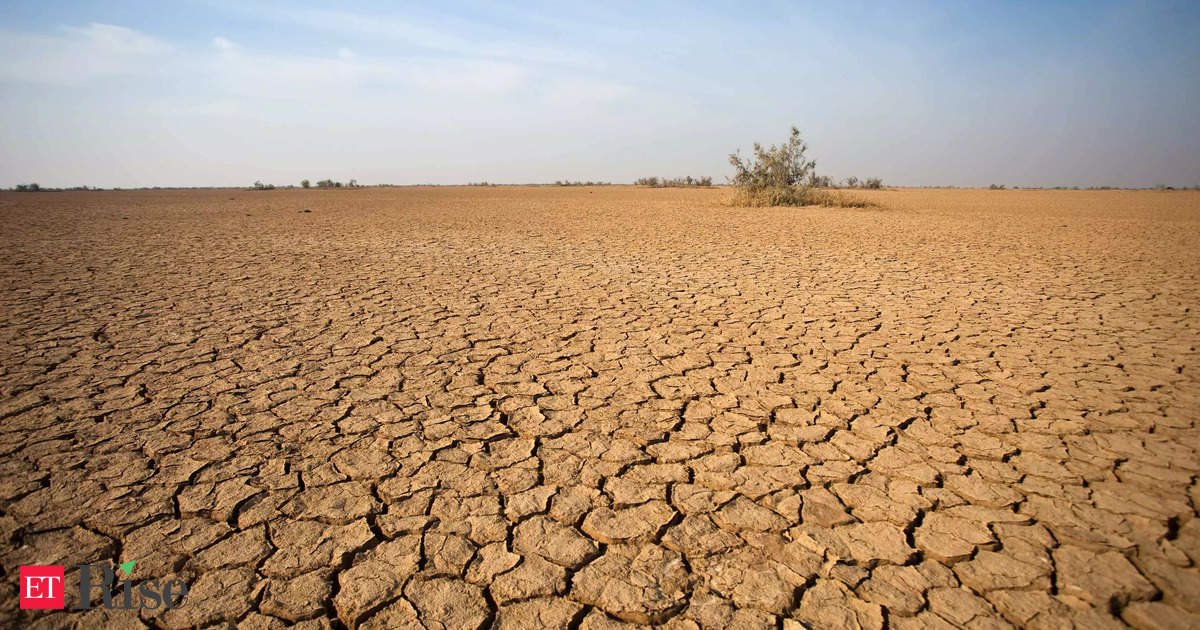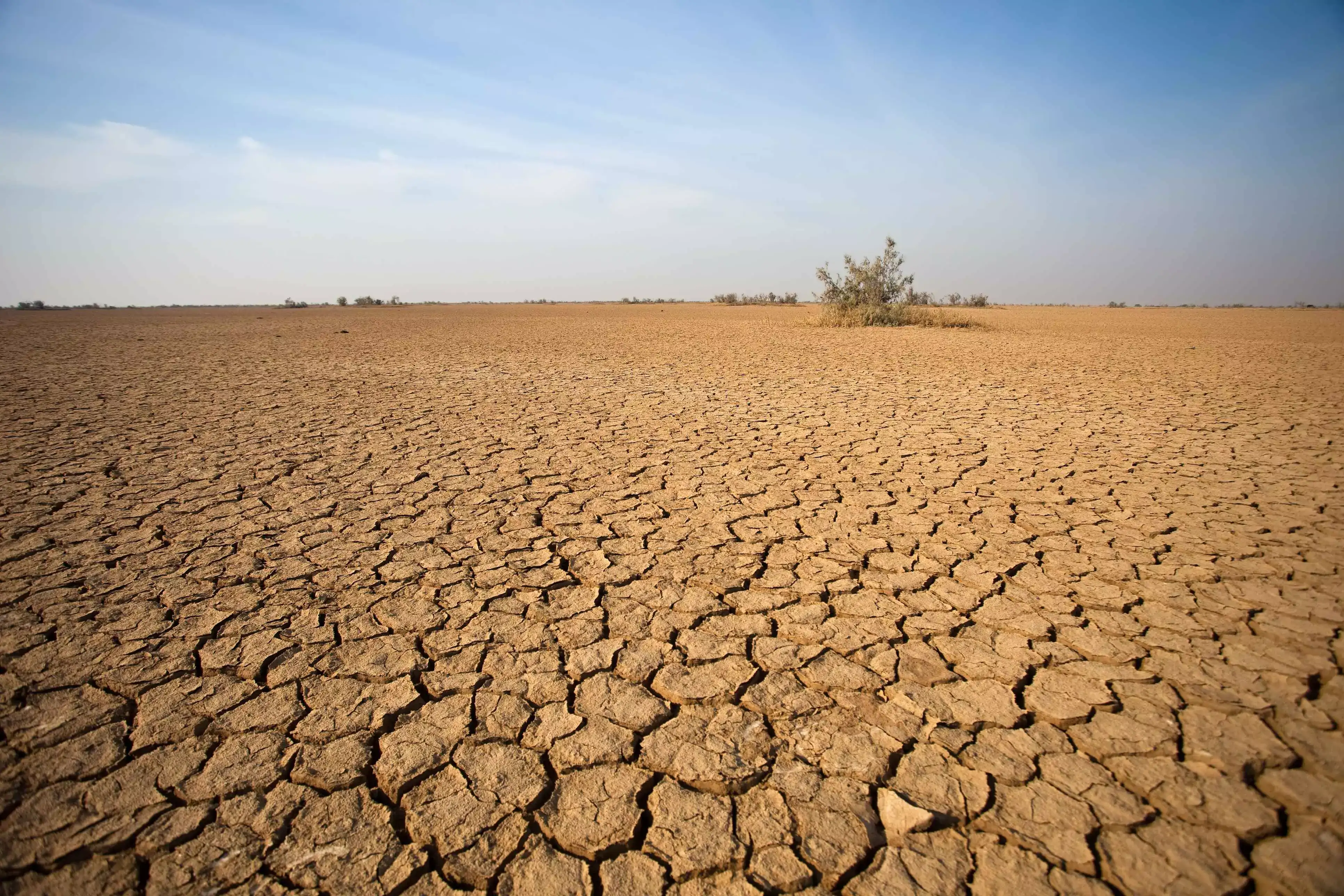It indicates an “existential threat” posed by the seemingly irreversible trends and showed that dry land — regions where agriculture is difficult — increased by 4.3 million square kilometres (1.7 million square miles) between 1990 and 2020, an area a third the size of India.
The warning comes during a 12-day meeting in Riyadh, which began last week, for the 16th session of the Conference of the Parties (COP16) under the UNCCD and seeks to protect and restore land and respond to drought amid ongoing climate change.
Aridity, a chronic shortage of water, now extends over 40.6 percent of the Earth’s land mass, again excluding Antarctica, compared with 37.5 percent 30 years ago, the report warns.
It also cautions the areas most affected include the nations bordering the Mediterranean, southern Africa, southern Australia and certain regions of Asia and Latin America.”Unlike droughts -— temporary periods of low rainfall -— aridity represents a permanent, unrelenting transformation,” said Ibrahim Thiaw, UNCCD Executive Secretary. “The drier climates now affecting vast lands across the globe will not return to how they were and this change is redefining life on Earth,” he added.
The changes are largely attributed to global warming caused by greenhouse gas emissions, which alter rainfall and increase evaporation, the report said.
“For the first time, a UN scientific body is warning that burning fossil fuels is causing permanent drying across much of the world,” lead UNCCD Chief Scientist Barron Orr said.
He added this could have “potentially catastrophic impacts affecting access to water that could push people and nature even closer to disastrous tipping points”.
The effects of the chronic water shortages include soil degradation, ecosystem collapse, food insecurity and forced migration, according to the scientists.
Already, 2.3 billion people live in expanding dry areas, according to the report, with projections showing a “worst-case scenario” of five billion people living in the conditions as the planet continues to warm.
To counter this trend, the scientists urged members to “integrate aridity metrics into existing drought monitoring systems”, improve soil and water management, and “build resilience in vulnerable communities”.


